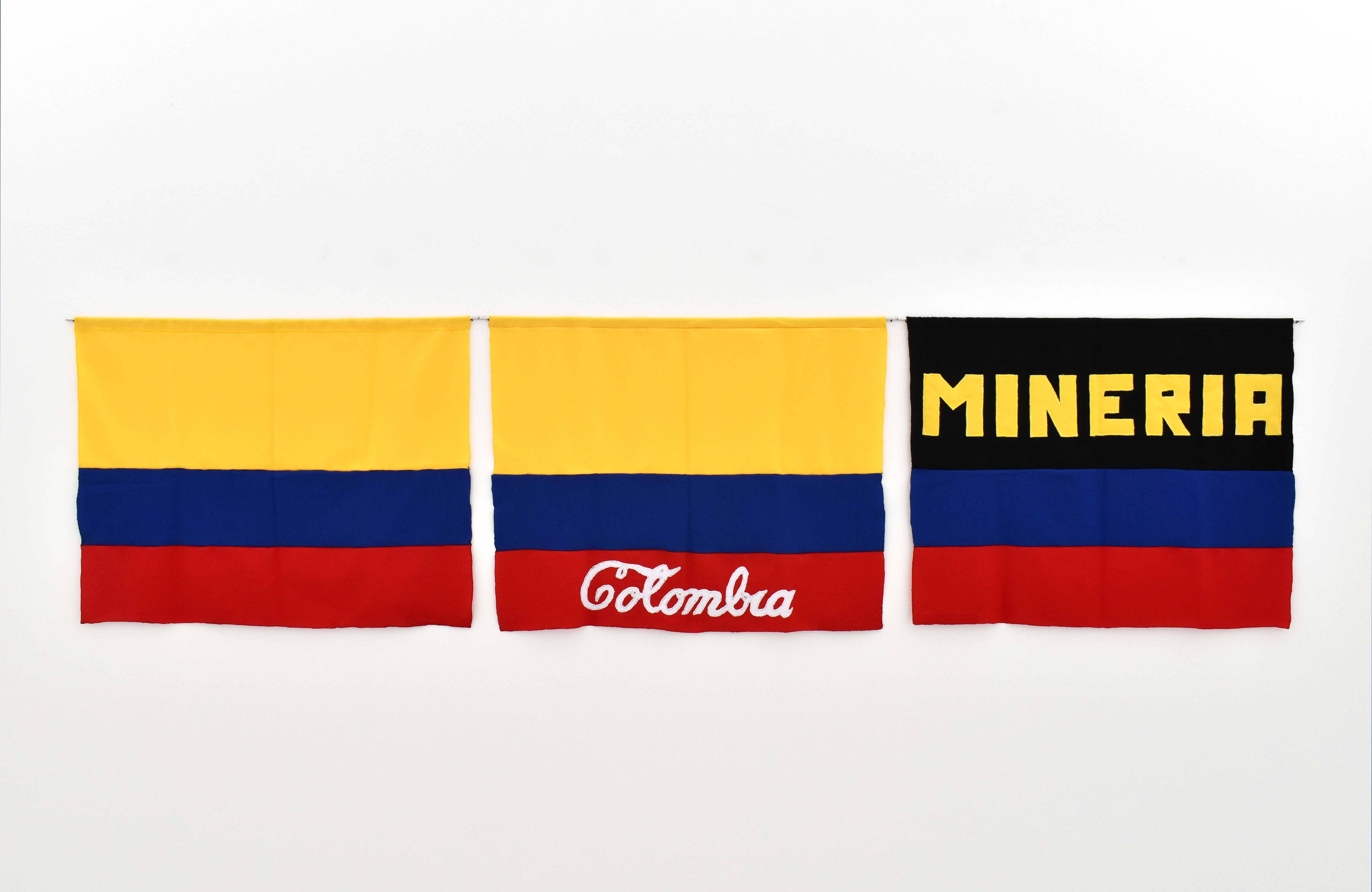Notes
1
Object, 1936.
2
Antonio Caro, “Prohibir la palabra ‘arte,’” interview by Lucas Ospina, Revista Arcadia, June 3, 2015 →.
3
“Antonio Caro: guerrillero visual,” Poliester, no. 12 (1995): 43.
Originally published in Spanish in the Uruguayan weekly Brecha, April 9, 2021. Translated by the author.
© 2021 e-flux and the author
